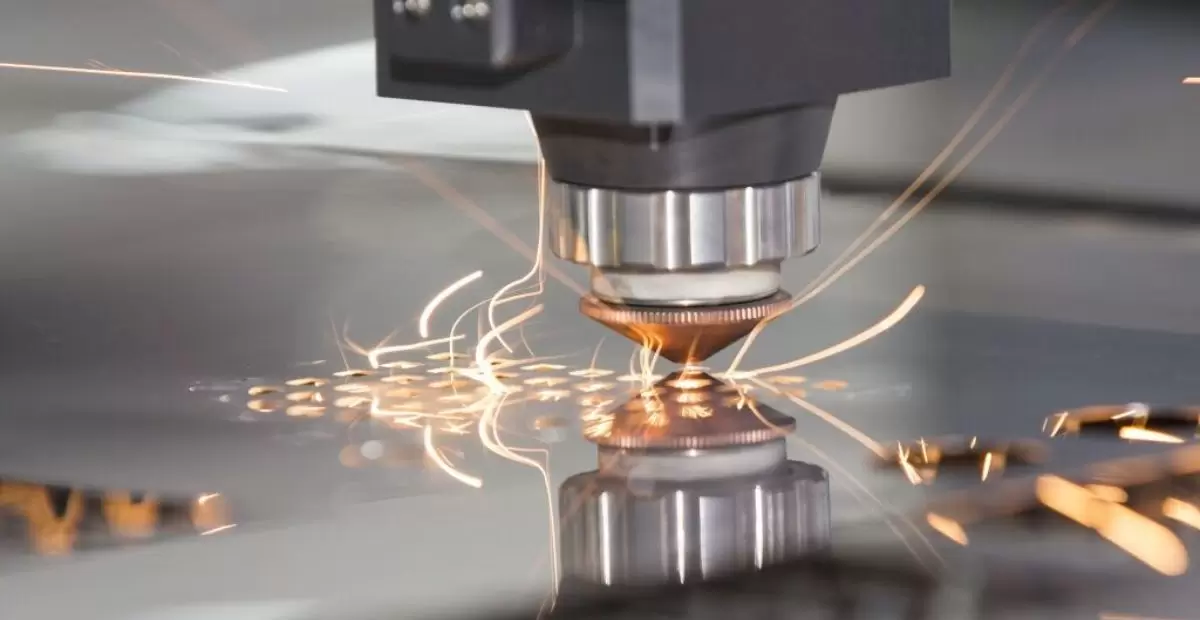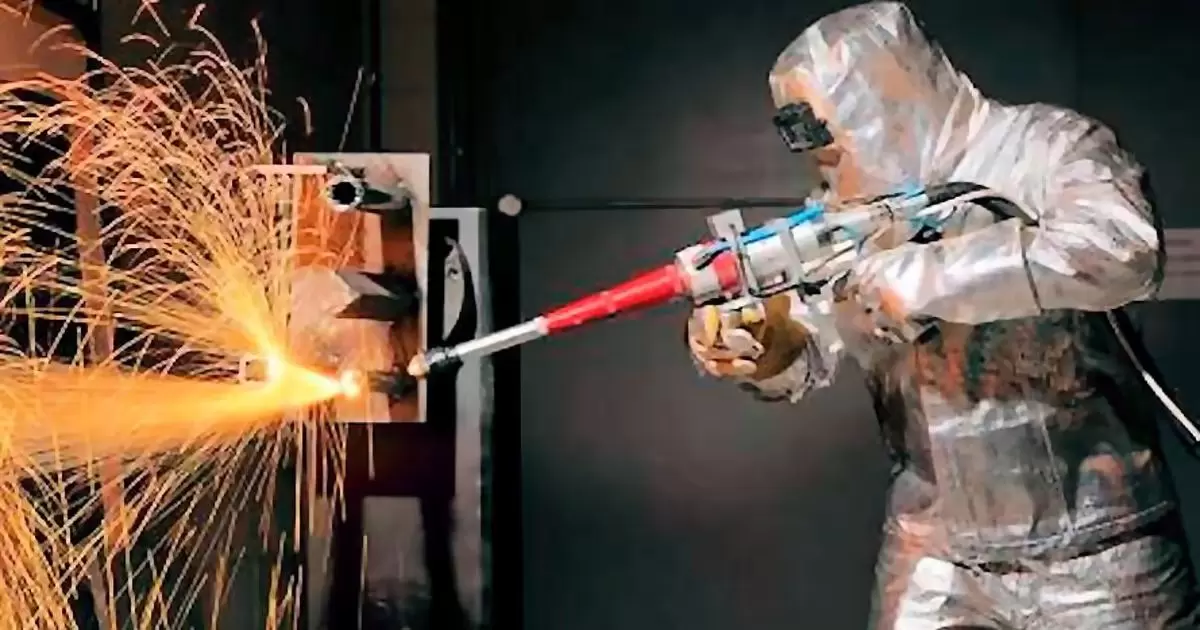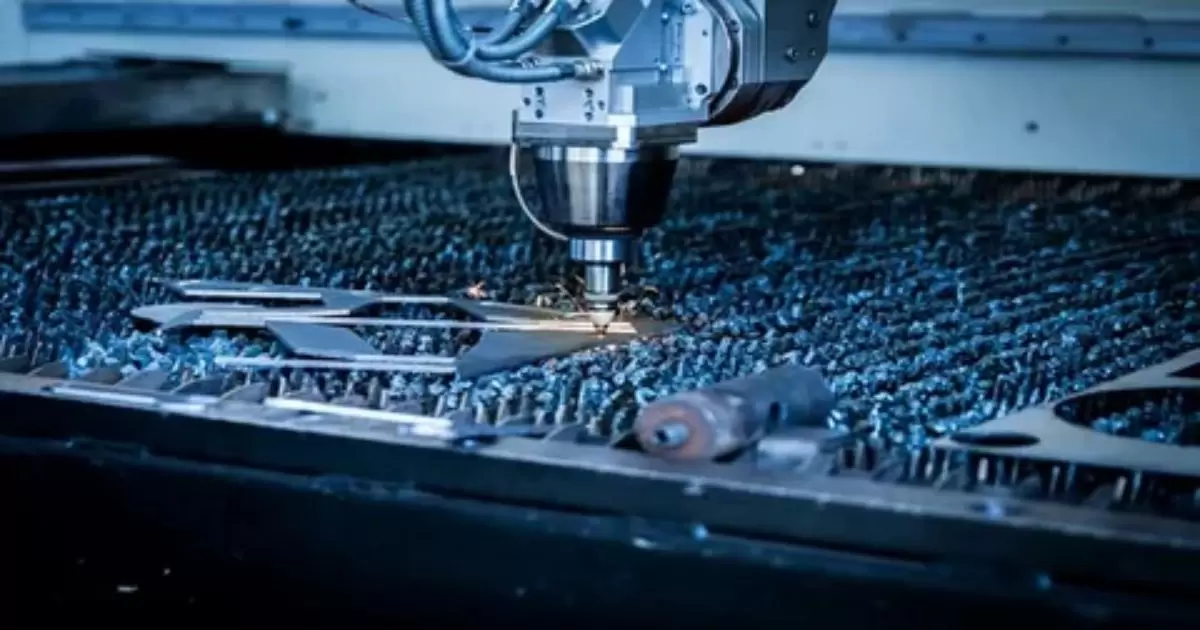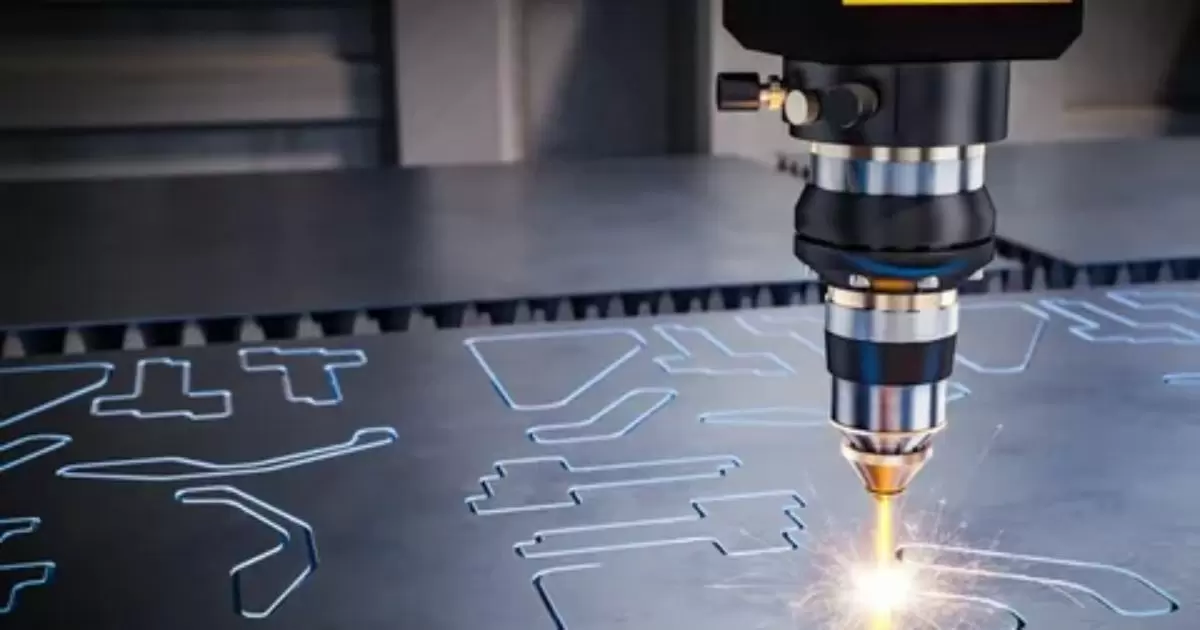Laser cutting utilizes a high-power laser beam to slice through material. It is an accurate non-contact cutting method for detailed shapes. Lasers are cut by melting, burning, or vaporizing material. The laser beam’s heat energy gets precisely focused on a small area.
Stainless steel is valued for its durability and corrosion resistance. But it is an extremely hard metal that is difficult to cut and shape. This prompts the question, Can you laser cut stainless steel? Exploring this possibility requires understanding the laser cutting process.
Yes, lasers can cut stainless steel under the right conditions. But the hardness and conductive nature of steel poses challenges. Success requires sufficient laser power, compensating for reflection, and factoring in precision needs. Examining the nuances behind laser-cutting this versatile metal opens up opportunities.
Stainless Steel Properties and Challenges
Stainless steel, known for its corrosion resistance and durability, is a popular material in various industries. Its unique properties, including resistance to rust, stains, and corrosion, make it a preferred choice for applications ranging from kitchen utensils to architectural structures. Laser cutting stainless steel introduces its own set of challenges.
The material’s high thermal conductivity and reflective nature pose difficulties in achieving precise cuts without compromising the integrity of the metal. The diverse composition of stainless steel alloys requires careful consideration during the laser cutting process to ensure optimal results.
Managing Heat Reflection Issues
One significant challenge in laser cutting stainless steel is effectively managing heat reflection. As the laser beam interacts with the metal surface, a portion of the energy is reflected back towards the cutting head, potentially causing damage to the equipment and affecting the quality of the cut. To address this issue, advanced laser cutting machines are equipped with features.
These features are beam delivery systems and protective coatings to minimize heat reflection and ensure precise cutting. Employing techniques such as beam polarization and adjusting laser parameters helps optimize the cutting process. Despite these advancements, managing heat reflection remains a critical aspect of laser cutting stainless steel.
Importance of Sufficient Laser Power
When it comes to laser cutting stainless steel, the importance of sufficient laser power cannot be overstated. The laser power determines the cutting depth, speed, and overall efficiency of the process. Stainless steel, known for its durability and hardness, requires a laser with ample power to penetrate and shape the material accurately.
Inadequate power may result in incomplete cuts or jagged edges, compromising the precision and quality of the finished product. Selecting a laser cutting machine with the right power level is crucial for achieving clean and precise cuts in stainless steel, ensuring optimal performance and reducing the need for additional finishing processes.
Role of Laser Cutting Precision
Precision is paramount in laser cutting stainless steel, and it plays a pivotal role in determining the success of the cutting process. Laser cutting technology, with its focused and concentrated beam, allows for intricate and detailed designs on stainless steel surfaces. The precision offered by laser cutting minimizes material wastage and enhances efficiency.
It’s crafting intricate patterns or creating components with tight tolerances, laser cutting ensures that the final product meets exact specifications. The ability to achieve high precision in laser cutting stainless steel opens up opportunities for industries requiring intricate designs, customization, and the production of finely detailed components.
Cutting Considerations by Steel Type
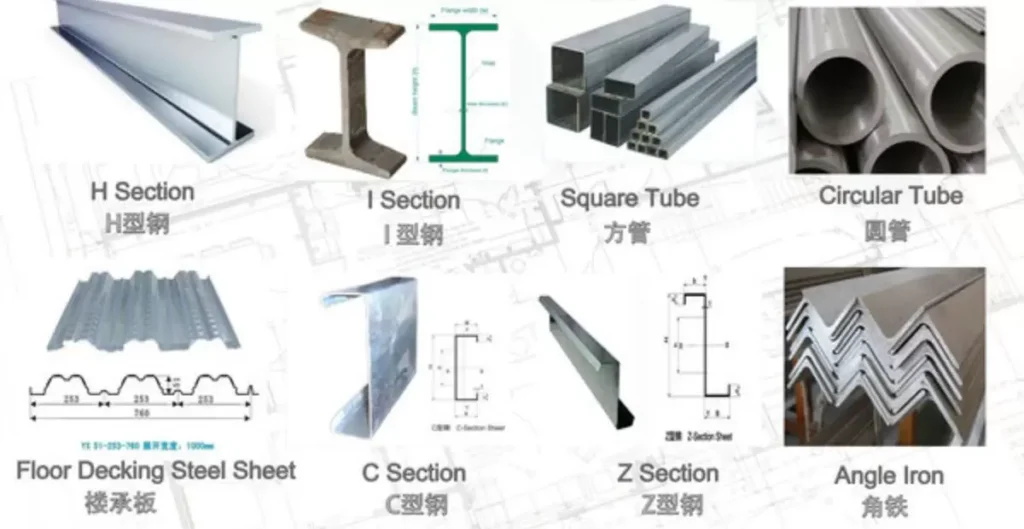
When pondering the question of laser cutting stainless steel? It’s essential to delve into cutting considerations based on the type of stainless steel being used. Different grades of stainless steel possess varying compositions, each affecting the material’s response to laser cutting. Austenitic stainless steel requires a different approach than ferritic or martensitic stainless steel.
When contemplating putting stainless steel in the oven, it’s essential to recognize that thermal conductivity and reflectivity play key roles. These factors influence laser cutting parameters for precise and high-quality cuts. Success hinges on tailoring strategies to the unique characteristics of the stainless steel grade in question.
Applicable Laser Cutting Methods
There are several methods to achieve precision cuts. The most common technique is CO2 laser cutting, which uses a high-powered laser to melt and vaporize the stainless steel. This method ensures clean edges with minimal heat-affected zones. Another approach is fiber laser cutting, which employs a fiber-optic laser source for increased accuracy and speed.
Fiber lasers are particularly effective for thinner stainless steel sheets, providing a smooth and precise finish. Using CO2 or fiber lasers, the key lies in their ability to focus intense beams of light to cut through stainless steel with unparalleled precision. It makes them versatile tools for various applications.
Benefits of Laser Cut Steel Parts
When it comes to fabricating stainless steel components, the benefits of laser cutting are manifold. The precision achieved through laser cutting ensures tight tolerances and intricate designs, making it ideal for intricate projects. Laser cutting minimizes material waste, maximizing the utilization of each sheet and contributing to cost-effectiveness.
Beyond precision and efficiency, laser-cut stainless steel parts exhibit exceptional edge quality, reducing the need for additional finishing processes. It’s creating intricate patterns or producing precise components for industrial applications
Common Applications and Uses
Laser cutting stainless steel has found its niche in a myriad of applications across industries. From intricate artistic designs to precise industrial components, the versatility of laser-cut stainless steel is truly remarkable. In the automotive sector, laser-cut stainless steel plays a pivotal role in crafting intricate parts with unparalleled precision.
In the field of architecture and design, this cutting-edge technology is employed to fashion unique and detailed stainless steel structures, adding both aesthetic appeal and structural integrity to buildings. The medical industry benefits from laser-cut stainless steel for manufacturing surgical instruments, thanks to its ability to create sharp and sterile edges essential for medical tools.
Implementing Effective Laser Steel Cutting
Implementing effective laser steel cutting involves a careful consideration of various factors. The first critical aspect is selecting the right type of laser for the specific stainless steel composition being used. Different alloys and thicknesses may require varying laser wavelengths and power levels for optimal results.
Precise calibration of the laser cutting machine is crucial to ensure accuracy and prevent material wastage. Operators must also pay attention to the speed and feed settings, striking a balance between efficiency and the quality of the cut. Proper ventilation and fume extraction systems are essential to maintain a safe working environment.
FAQs
Can laser cutting be used on all types of stainless steel?
Laser cutting is effective on various grades of stainless steel, including austenitic, ferritic, and martensitic, but the thickness and composition play a crucial role in the process.
What are the primary advantages of laser-cutting stainless steel?
Laser cutting offers high precision, minimal material waste, and the ability to achieve intricate designs, making it a preferred method for stainless steel fabrication.
Are there safety concerns associated with laser-cutting stainless steel?
Yes, safety precautions are essential. Operators must use protective gear, and proper ventilation is necessary to minimize exposure to fumes generated during the laser cutting of stainless steel.
Conclusion
In the realm of metal fabrication, laser cutting stainless steel emerges as a powerful and precise technique. The ability to laser cut stainless steel opens doors to a myriad of applications, from intricate designs in art and jewelry to the precision needed in industrial components. This technology showcases the fusion of innovation and craftsmanship.
It promises a future where stainless steel can be shaped with unparalleled accuracy. As we witness the seamless interplay between laser technology and stainless steel. Can you laser cut stainless steel? is not just a yes. It is an affirmation of the limitless possibilities that this dynamic duo brings to the world of manufacturing and design.
